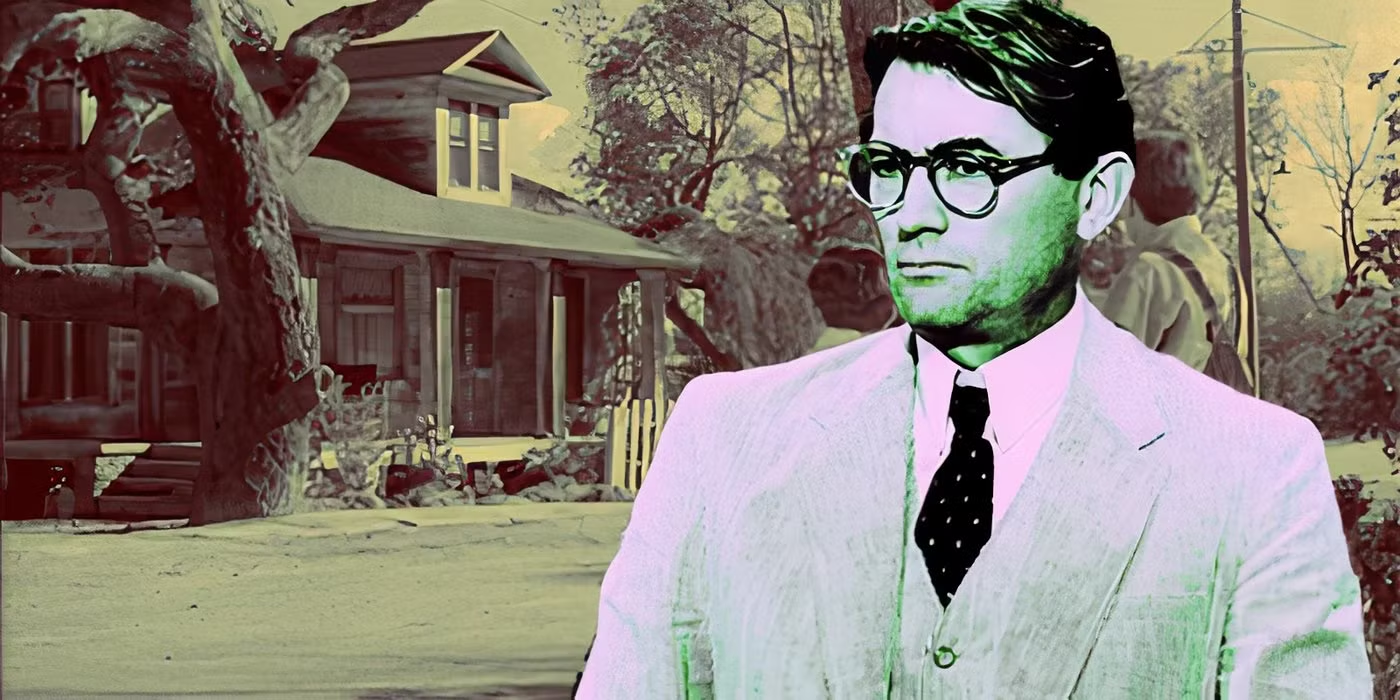To Kill a Mockingbird (1962) is not only one of the most iconic films in cinema history, but it also brings to life the hauntingly beautiful essence of Harper Lee’s beloved novel. Depicting themes of racial injustice, childhood innocence, and moral courage, the film remains a cultural touchstone. But where exactly was To Kill a Mockingbird filmed, and how did the locations enhance its authenticity and narrative depth? Let’s take a closer look.
The Significance of the Setting
The story of To Kill a Mockingbird is set in the fictional Maycomb, Alabama, a small, sleepy Southern town during the Great Depression. Maycomb’s setting is integral to the film, as it underscores the story’s exploration of morality, inequality, and community dynamics in the South. The atmosphere of Maycomb was essential for recreating the palpable tension and warmth that Harper Lee described in her book.
The filmmakers’ challenge was to find or create the perfect Maycomb that could embody the essence of 1930s Alabama.
Monroeville, Alabama: The Inspiration for Maycomb
Harper Lee, the author of To Kill a Mockingbird, grew up in Monroeville, Alabama. This small town served as the model for Maycomb in her novel. Lee’s intimate knowledge of the town’s people, architecture, and local dynamics informed her writing, making Maycomb feel vibrant and authentic.
While Monroeville was the inspiration, the film was not shot there. Instead, the production team recreated the essence of Monroeville on a meticulously designed set.
Where Was To Kill a Mockingbird Actually Filmed?
Most of the filming for To Kill a Mockingbird was done on the backlot of Universal Studios in Hollywood, California. The production team constructed a detailed, period-accurate replica of a Southern town, which perfectly captured the look and feel of Depression-era Alabama.
Key Filming Locations:
- The Finch House
The family home of Atticus Finch (played by Gregory Peck) and his children, Scout and Jem, was a set built on Universal’s backlot. It was designed to reflect the modest yet warm setting described in the book.
- Maycomb Courthouse
While the actual courthouse scenes were filmed on a Universal sound stage, the design was heavily influenced by the Monroe County Courthouse in Monroeville. Today, the real courthouse draws fans of the novel and film as a museum and cultural landmark.
- Maycomb Streets
Every corner of Maycomb was brought to life through constructed facades and set pieces, creating the illusion of an authentic Southern town.
Monroeville’s Role in the Film’s Spirit
Even though the film was made in Hollywood, Monroeville had a tangible influence on the production. The director, Robert Mulligan, and the production team made several trips to Alabama to ensure the sets accurately reflected the town’s architecture and atmosphere. The Monroe County Courthouse served as a critical reference point and has since become synonymous with the story.
Local Monroeville residents were also involved in the production. Some were even cast as extras in crowd scenes, adding to the film’s authenticity.
Behind-the-Scenes Insights on Location Scouting
The filmmakers faced several challenges in recreating Maycomb, especially on a studio backlot. Location scouting was focused on finding places and inspiration that could evoke the complexities of Southern life during the 1930s.
- The team paid close attention to small details, from weathered fences to cracked sidewalks, ensuring the sets embodied the wear of poverty-stricken times.
- Landscaping around the sets reflected the humid, sun-drenched climates of the South, with overgrown trees and dusty streets playing a critical role in immersing viewers in the world of Maycomb.
Universal Studios’ production resources allowed the filmmakers to capture expansive views of the town’s streets. Careful structuring and camera work made the effort almost indistinguishable from filming on location.
Comparing the Real Locations to the Film
While the settings in the film were recreations, they captured the spirit of the real locations remarkably well. The use of authentically styled architecture, furniture, and natural surroundings helped transport viewers into the world of Maycomb.
Many visitors to Monroeville today are surprised at how the real town aligns with their mental picture of Maycomb, even though they’ve only seen the version created on Universal’s backlot. This blend of reality and artistry speaks to the production’s painstaking attention to detail.
How the Film’s Locations Enhanced Its Authenticity
The care and effort put into the film’s settings brought incredible life to the story. It wasn’t just about aesthetics; the surroundings played a role in delivering the film’s emotional weight:
- Scenes like the trial of Tom Robinson in the courtroom or the children observing Boo Radley’s mysterious house are all grounded in the environment, giving them added depth and realism.
- The dusty streets, the creaking porches, and the sweltering town square were all designed to feel immersive, making the viewer a part of the story.
Wrapping Up
While To Kill a Mockingbird wasn’t filmed in Monroeville, Alabama, the spirit of the town, combined with the talent of Hollywood’s filmmaking magic, brought Maycomb to vivid life. The detailed backlot sets of Universal Studios allowed the filmmakers to honor Harper Lee’s vision while overcoming the practical challenges of location filming.
For fans of the book, the movie provides a visual masterpiece that respects its source material. And for film enthusiasts, it’s a testament to how set design and location scouting can enhance a narrative’s authenticity.
Planning a trip to Monroeville? Don’t miss the Monroe County Courthouse, which now hosts a museum celebrating To Kill a Mockingbird. It’s the perfect way to immerse yourself in the world that inspired the story.








